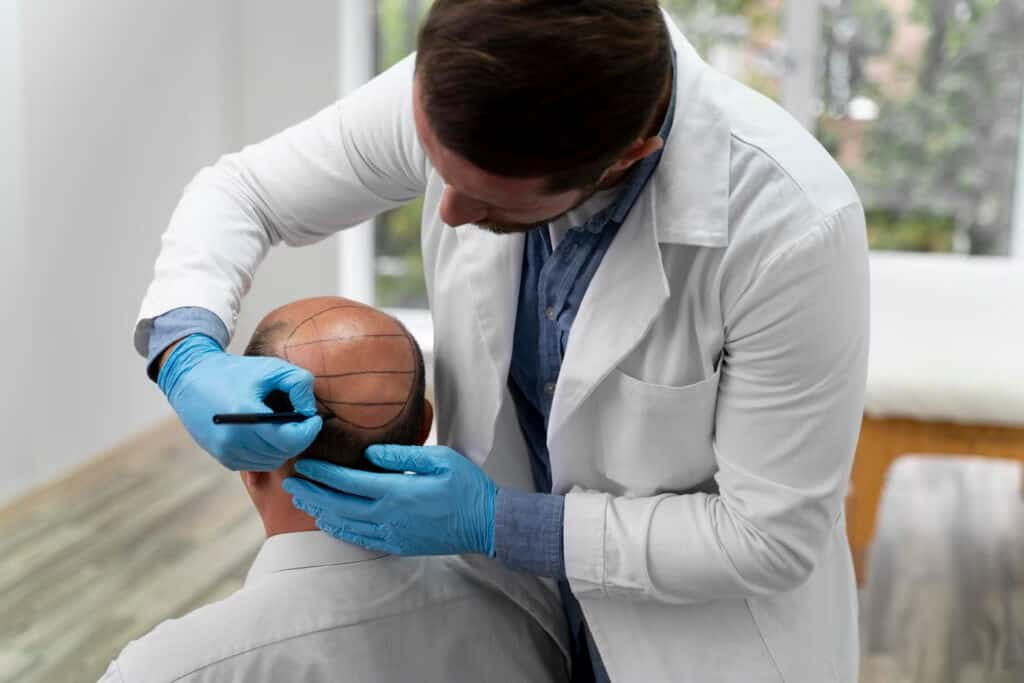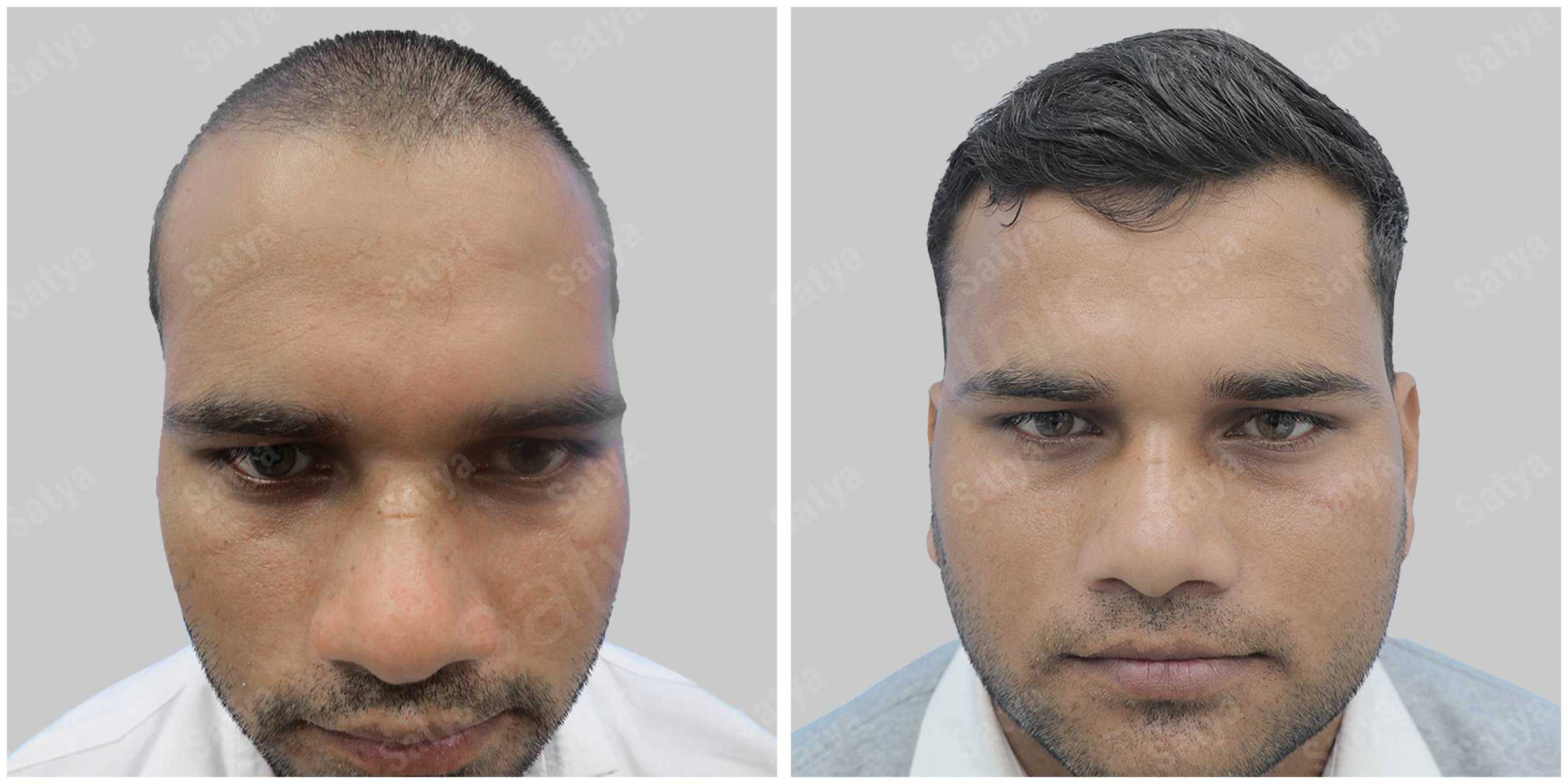During a hair transplant procedure, hair is migrates from a donor region (which has more hair) to a recipient area (which has less hair or is bald). Using grafting is the most popular method. Often used for patients who have failed previous hair loss therapies, a hair transplant is also known as hair restoration or hair replacement. To be suitable for a hair transplant, a person must have thick donor hair. Many forms of alopecia can result in permanent hair loss. Hair transplants are done by hair specislist or dermatologists.
Grafts, or small pieces of skin, are taken by the transplant surgeon from parts of the body where there is good hair growth. The donor location, which is often on your head near the rear of your scalp where hair tends to be thickest, is where the hair is extracted. The skin that was transplanted ought to keep producing hair when it heals.

Who can opt for hair transplant surgery?
While it might be temporary for some, hair loss can sometimes be permanent. The following ailments are treated by hair transplants:
- Alopecia Areata is an autoimmune condition called alopecia areata causes the body’s immune system to target hair follicles.
- Androgenic Alopecia is pattern baldness in men or women.
- Hair loss is caused by hormonal imbalances or thyroid disorders.
- Burns or other traumatic injuries.
One has to be in excellent health and have sufficient expectations for the results of hair restoration surgery for it to go well. There should still be areas of dense hair growth on the hair transplant candidate’s scalp.
How does a hair transplant surgery work?
There are many different ways to perform hair transplant surgery, such as:
● Grafting.
● Scalp reduction.
● Flap surgery.
● Tissue expansion
How is hair grafting performed?
The most common type of hair transplant procedure is hair grafting. Where there is healthy hair, the surgeon will make small incisions in the scalp. Skin containing 10 to 15 hairs is removed using a little equipment that resembles a circular punch. One to two hairs, nevertheless, are present in micro-grafts, which can take several hours to complete. Medication aids in scalp numbness. The amount of baldness impacts how many sessions are required.
What is the process for reducing the scalp?
Alopecia reduction is different term for this technique. An expert surgeon removes a little patch of bald skin from the scalp during this surgery. The hair-covered skin around the bald spot is pulled loose. It is held in place using stitches.
Scalp reduction is best for bald spots on the crown and rear of the head since these areas have skin with surrounding hair. Scalp reduction and hair implants are done in tandem to achieve perfect covering.
What is the procedure for flap surgery?
For people who suffer from substantial bald spots close to the front of their head, flap surgery is advised. Over several weeks, the procedure is completed in phases. The donor location is surrounded by three superficial incisions. In order to preserve the natural blood flow, the fourth side is left uncut. After that, the surgeon can raise over the bald spots and clip the flap. General anesthesia is given to the patient.
What is the procedure for tissue expansion?
A doctor could do tissue expansion surgery if the patient has burns or has been in a serious accident that disfigures them. Some procedures are carried out while under general anesthesia.
The tissue expander, which resembles a balloon, is placed behind the scalp, where the hair still grows. The expander is gradually inflated to extend the skin throughout the weeks that follow the implantation. The stretched skin is the next step treatment to cover the bald region.
Book an appointment
Consultation

Repair

Blog

Galleries








